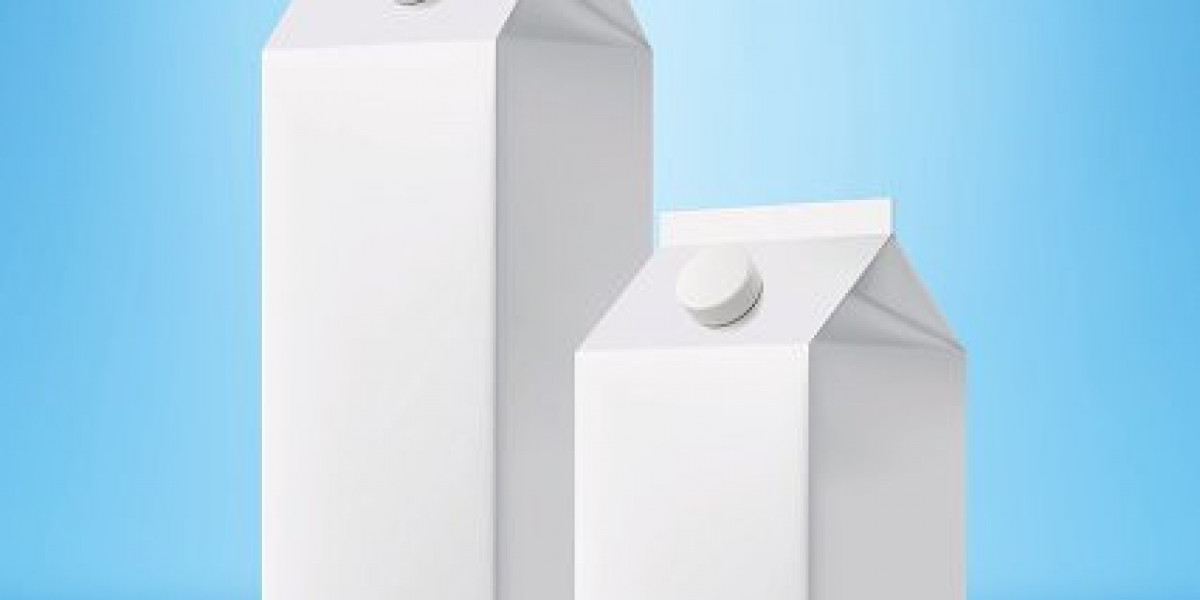The Importance of Core Strength is a topic every fitness enthusiast, athlete, or health-conscious individual should understand deeply. Your core is more than just your abs—it’s the powerhouse of your entire body, supporting posture, movement, and overall stability. Whether you’re lifting weights, running, or simply performing daily tasks, a strong core enhances performance, prevents injury, and boosts long-term health. This article explores why core strength matters, how it influences your physical well-being, and the best exercises you can incorporate into your routine to build a stronger, more stable midsection.
Why Core Strength Matters for Everyday Movement
A strong core plays a significant role in almost every movement you make. It acts as the stabilizing center for your body, allowing your arms, legs, and spine to function efficiently. When your core is weak, you’re more prone to fatigue, poor posture, and muscle imbalance. Strengthening these muscles helps distribute force more evenly throughout your body, reducing the risk of lower back pain, one of the most common health complaints worldwide.
Core Strength and Posture
Good posture starts with a stable core. When your abdominal and lower back muscles are strong, your spine remains aligned, reducing stress on surrounding tissues. Proper posture not only helps you look confident but also prevents chronic pain caused by slouching or muscle compensation.
Core Stability and Injury Prevention
Injury prevention is one of the biggest reasons experts highlight the importance of core strength. A stable core supports your body through sudden movements, heavy lifting, or athletic performance. It acts as a shock absorber, protecting sensitive areas such as the lower back and hips from strain or overuse.
Boosting Athletic Performance
Whether you're a runner, swimmer, cyclist, or weightlifter, core strength directly affects your performance. It improves balance, coordination, and overall power output, allowing you to move faster, jump higher, and lift heavier with control. Athletes with strong core muscles typically experience greater efficiency and endurance during training or competition.
The Science Behind Core Strength and Stability
To understand The Importance of Core Strength, you must first know what the core actually includes. While many people believe the core is simply the abdominal muscles, it is much more complex. The core consists of the muscles in your abdomen, pelvis, hip flexors, diaphragm, and lower back. These muscles work together like a corset to keep your torso stable during movement.
What Muscles Form Your Core?
The core includes deep muscles like the transverse abdominis, which acts like a natural weight belt, and the multifidus, which stabilizes your spine. Other muscles include the rectus abdominis (six-pack muscles), obliques, glutes, and even the pelvic floor. Strengthening these muscles ensures your body can move fluidly without compromising joint safety or structural alignment.
How a Strong Core Impacts Balance and Coordination
Balance and coordination rely heavily on core stability. When the core is weak, your body struggles to maintain equilibrium, increasing your risk of falling or injuring yourself. Strong core muscles help you stay steady in both static and dynamic positions—from holding a yoga pose to sprinting or changing direction suddenly.
Core Strength and Lower Back Health
Lower back pain is often linked to weak or imbalanced core muscles. When the core cannot support your spine properly, the lower back takes on excess strain. Strengthening the abdominal and back muscles provides better spinal support, reducing pain and improving mobility. Many physical therapists recommend core exercises as part of rehabilitation programs for chronic back issues.
Best Exercises to Build a Stronger Core
Knowing The Importance of Core Strength is only the beginning. The next step is incorporating effective exercises into your workout plan. The following movements target different core muscle groups and can be done at home or at the gym.
Planks: The Foundation of Core Stability
Planks are one of the most effective exercises for overall core activation. They engage the deep stabilizing muscles and challenge your endurance.
How to Perform:
– Keep your body in a straight line from head to heels.
– Engage your abs and glutes.
– Hold the position for 20–60 seconds, gradually increasing time as you progress.
Benefits: Improves posture, enhances stability, and strengthens the entire midsection.
Russian Twists: Targeting the Obliques
Russian twists are excellent for strengthening the rotational muscles of your core, particularly the obliques.
How to Perform:
– Sit with knees slightly bent.
– Lean back and hold a weight or keep hands together.
– Twist your torso side to side in a controlled manner.
Benefits: Enhances rotational strength and improves balance.
Leg Raises: Strengthening Lower Abdominals
Leg raises target the lower abdominal muscles, an area many people struggle to develop.
How to Perform:
– Lie flat on your back.
– Lift your legs off the ground without bending your knees.
– Lower them slowly without letting them touch the floor.
Benefits: Builds lower-ab strength and improves pelvic stability.
Additional Tips for Improving Core Strength
Building core strength isn’t just about performing exercises—it’s about consistency and proper technique. Here are additional tips to maximize your results:
Focus on Form Over Repetitions
Quality always beats quantity when it comes to core training. Perform movements with control and ensure your muscles are fully engaged. Poor form reduces effectiveness and increases injury risk.
Combine Strength and Mobility Training
A strong core must also be flexible. Incorporate stretching, yoga, or mobility exercises to maintain range of motion in your spine and hips. This improves overall movement quality and prevents stiffness.
Stay Consistent for Best Results
Core strength builds gradually, not overnight. Aim to train your core 3–4 times per week, mixing stability exercises, rotational movements, and dynamic training. Over time, you’ll notice improvements in posture, balance, and overall fitness.
Conclusion
The Importance of Core Strength goes far beyond achieving visible abs or improving gym performance. A strong core supports your entire body, enhances movement efficiency, protects your spine, and boosts athletic ability. By understanding how essential core strength is and incorporating effective exercises into your routine, you can improve your overall health, reduce injury risk, and build a foundation for long-term fitness success. Whether you’re a beginner or an experienced athlete, developing a stronger core is one of the most valuable investments you can make in your physical well-being.







